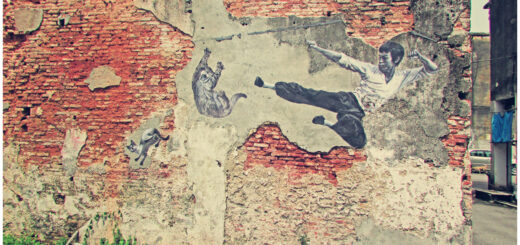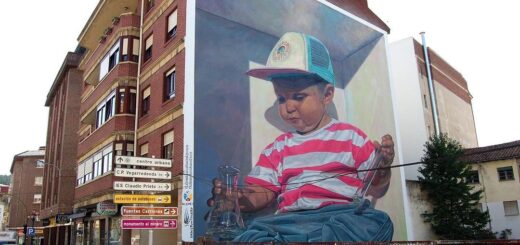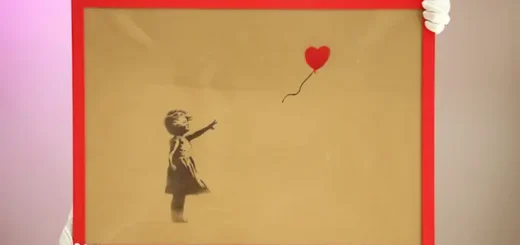The Evolution of Street Art: From Graffiti to High Fashion
by Graffiti Planet ·
Imagine wandering through a bustling cityscape, where each corner reveals a visual symphony of rebellion and artistry: walls splashed with vibrant graffiti, narrating stories in bold colors and daring designs. This scene captures the essence of street art evolution, a journey from the raw, expressive evolution of graffiti to a celebrated influence in the high fashion world, marking a cultural revolution that blends street savvy with runway glamour.
The Roots of Rebellion – Tracing Back to Graffiti’s Beginnings

The street art evolution has its roots deeply entrenched in the gritty, raw expressions of graffiti, which emerged as a voice of the unheard and unseen. Graffiti’s beginnings are far from the glitz of galleries and high fashion runways; they are in the heart of urban landscapes where concrete walls became canvases for explosive, colorful declarations.
The evolution of graffiti is a tale of transformation, from clandestine scribbles in hidden alleyways to large-scale murals that narrate the complexities of societal and personal narratives.
In the 70s and 80s, graffiti was an unapologetic form of street-level expression, mainly rooted in political statements and personal identity. It was a time when young artists, often from marginalized communities, took to the streets, spray cans in hand, to make their mark on a world that seemed to overlook them.
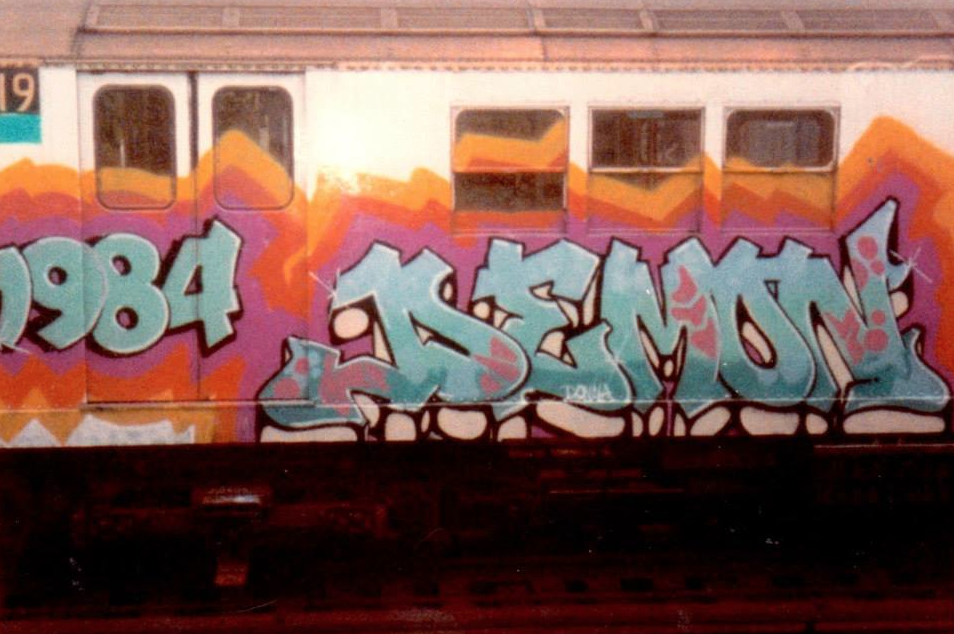
These iconic graffiti pieces were more than just art; they were bold statements of existence, resistance, and community identity. They spoke of the struggles, dreams, and realities of life in the urban jungle.
As you visualize these iconic pieces from the past, you see a raw, unfiltered dialogue with the public. Each tag, each mural held a story, an emotion, an assertion of identity. The evolution of street art is not just about the change in medium or style; it’s about the journey of these voices from the shadows of anonymity to the spotlight of global recognition.
This journey from covert to overt, from the streets to the studios, and eventually, to the catwalks, symbolizes a profound shift in cultural dynamics, where once-rebelled forms of expression now shape and influence the very fabric of high fashion.
The Colorful Canvas of the Streets – The Rise of Street Art

As we delve deeper into the evolution of street art, we witness a remarkable transformation. Graffiti, once seen as an act of rebellion, began morphing into street art—a form increasingly accepted and celebrated as a legitimate and impactful art genre.
This shift marks a pivotal chapter in the street art evolution, where the spray can and stencil transcend beyond mere tools of vandalism to become instruments of profound artistic and social expression.
This transformation was not overnight. It was a gradual process, fueled by artists who dared to redefine the boundaries of traditional art. They brought their work from secluded back alleys to more visible, public spaces, thereby inviting a broader audience to engage with their art.
As street art gained prominence, it started to shake off the stigma associated with graffiti. It wasn’t just about tagging anymore; it was about creating something that could captivate, provoke thought, and evoke emotion.
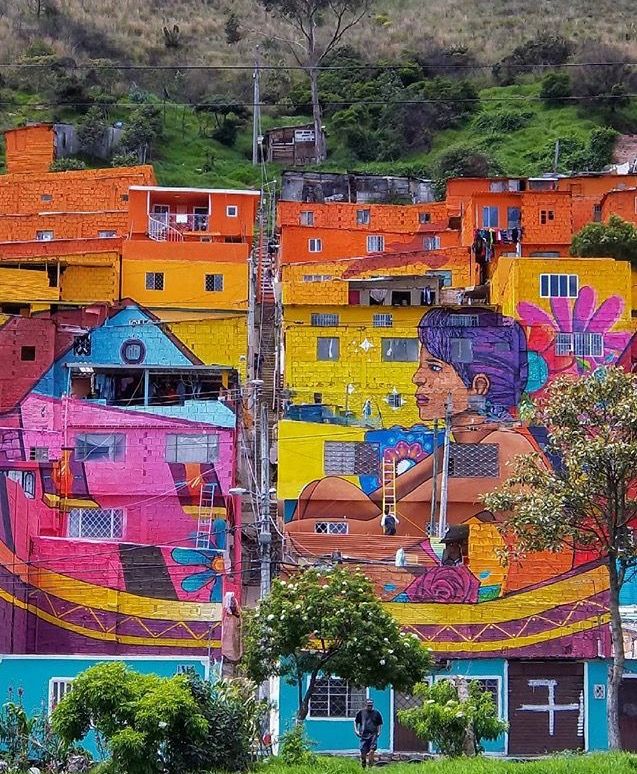
The evolution of street art saw a diversification in techniques and mediums. Artists began experimenting with everything from intricate stencil work to elaborate murals, transforming urban landscapes into open-air galleries.
These pieces often carried strong social or political messages, resonating with a wider audience and sparking conversations. Street art became a tool for community engagement and a mirror reflecting societal issues, thereby earning a newfound respect and appreciation.
This era in the street art evolution also witnessed the rise of festivals and exhibitions dedicated to street art, further cementing its place in the art world. The once rogue art form was now being showcased in galleries and art fairs, attracting collectors and art enthusiasts alike.
Street art had successfully challenged the norms of the art world, establishing itself not just as a form of expression but as a movement with the power to transform both urban landscapes and societal perceptions.
From Alleyways to Runways – Street Art in High Fashion

The evolution of street art is vividly illustrated in its leap from the alleyways of urban jungles to the gleaming runways of high fashion. This journey symbolizes not just a change in venue, but a remarkable fusion of two seemingly disparate worlds.
The street art evolution found its way into the high fashion realm, where the once rebellious form of expression became a source of inspiration for avant-garde designs and trendsetting styles.
Key moments in this transition were marked by groundbreaking collaborations between renowned street artists and major fashion houses. These alliances brought a refreshing burst of color, edgy designs, and bold statements to the traditionally polished and refined world of high fashion.
Street artists, with their unique styles and defiant graphics, injected a raw, vibrant energy into fashion collections, challenging and redefining the norms of luxury fashion.
These collaborations signified a mutual admiration and influence, with fashion designers drawing inspiration from the raw, unapologetic energy of street art, and street artists finding a new canvas for their creative expression.
The evolution of street art into the realms of high fashion marked a significant moment in cultural history, showcasing the power of art to transcend boundaries and redefine industries.
Graffid’s Unique Contribution to the Street Art Evolution
Graffid’s unique contribution to the evolution of street art is vividly captured in its diverse and expressive product lines. Each collection is a testament to the street art evolution, seamlessly blending the rebellious spirit of graffiti with contemporary fashion.
Basquiat’s Technicolor Dream Collection

The Basquiat’s Technicolor Dream collection by Graffid is a vibrant homage to the street art evolution, merging Jean-Michel Basquiat’s groundbreaking neo-expressionism with contemporary fashion. Bold graphics and vivid colors leap from the fabric, embodying Basquiat’s revolutionary spirit and transforming each piece into a wearable manifesto of street art’s dynamic journey into high fashion.
Haring’s Flower Thrower Collection
The Harings Flower Thrower collection by Graffid epitomizes the street art evolution, fusing Banksy’s thought-provoking messages with Keith Haring’s dynamic energy. This line is a unique blend of street rebellion and fashion-forward style, transforming the essence of street art into wearable, high-quality pieces that resonate with both art enthusiasts and trendsetters.

Make Art Not War Collection

Graffid’s Make Art Not War collection embodies the street art evolution, transforming a powerful message into fashion with purpose. Merging artistic graphics with a peace-driven philosophy, this line reflects the brand’s dedication to creative expression. It’s not just clothing; it’s wearable activism, echoing the voices of street art pioneers and inspiring a movement for change.
Urban Pulse Collection
Graffid’s Urban Pulse collection is a dynamic expression of the street art evolution, where contemporary fashion meets the ethos of unity and resistance. This line exemplifies wearable activism, blending urban aesthetics with a message of hope and change. It’s more than fashion; it’s a statement of solidarity, reflecting the transformative power of street art in every pattern and texture.
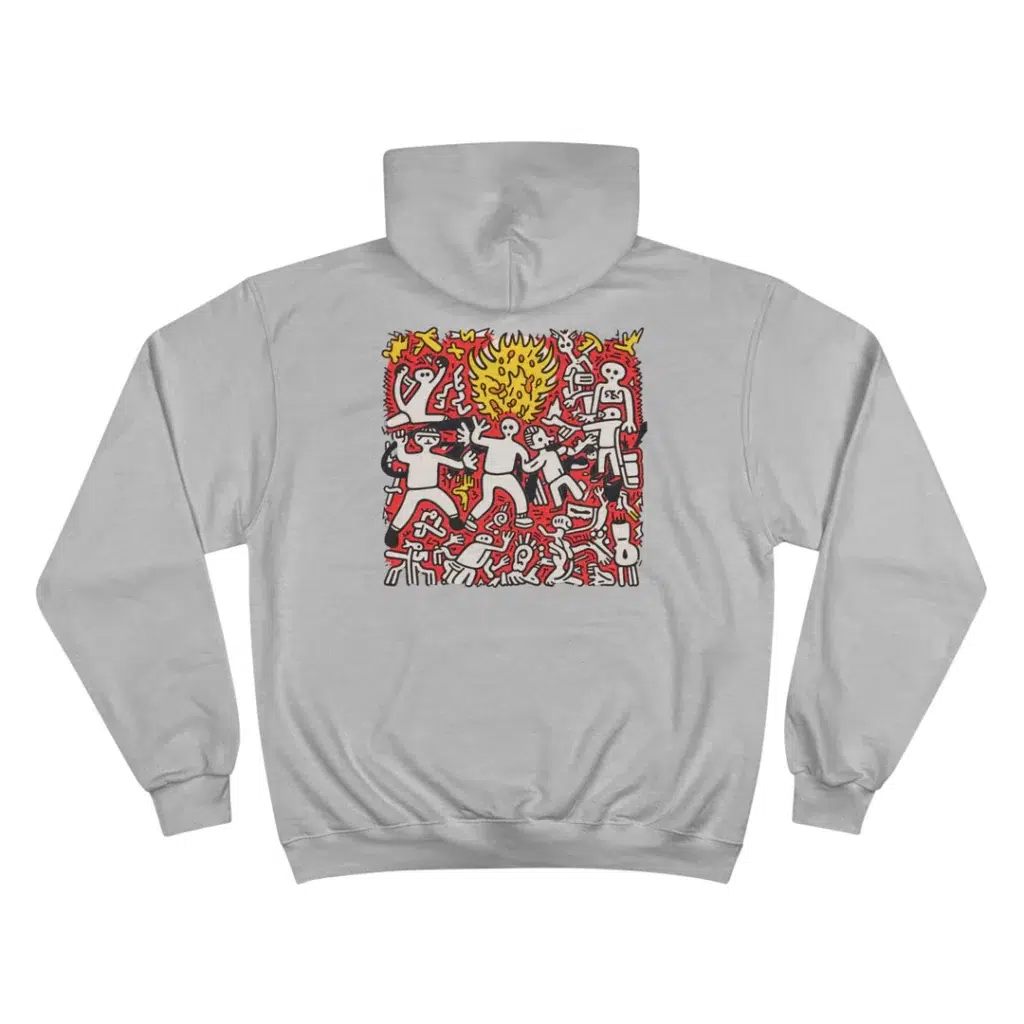
The Future Canvas – What’s Next for Street Art and Fashion

The street art evolution is not just a historical journey; it’s a forward-moving wave, constantly shaping and reshaping the future of fashion. As we look ahead, the “evolution of street art” is poised to continue its influential role, merging with fashion in increasingly innovative ways. This symbiotic relationship will likely see street art adopting more sustainable practices, reflecting a growing environmental consciousness in both art and fashion.
The future may also unveil more immersive experiences where street art and fashion intersect. Imagine augmented reality and digital environments where graffiti and fashion coalesce, creating interactive, dynamic expressions of style. This progression will be marked by a deeper integration of technology, not only in the creation of art but also in the way it’s worn and experienced.
Moreover, the evolution of graffiti into a more inclusive and diverse field will further influence fashion. We’ll see a broader representation of cultures and identities, with street art-inspired fashion serving as a canvas for global narratives.
As the boundaries between street art and high fashion continue to blur, we can expect to see a more fluid, dynamic, and inclusive interpretation of what fashion can be. This journey of evolution promises a future where art is not just worn but lived, and fashion is not just seen but experienced.
The Boundless Journey of Street Art Continues
In the vibrant narrative of street art evolution, we’ve witnessed a phenomenal transition from the rebellious strokes of graffiti to the illustrious runways of high fashion. The evolution of graffiti has been a story of audacity and creativity, redefining art’s role in society and fashion.
As we close this chapter, let’s marvel at the limitless potential of street art as a cultural force that continues to shape and redefine our world.
To experience this dynamic fusion of art and fashion firsthand, explore the unique collections at Graffid’s online shop. Embrace the movement where every thread tells a story.

